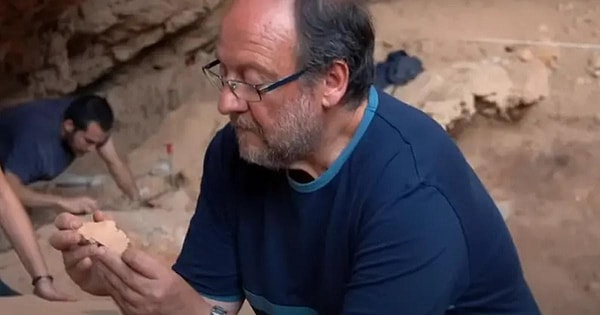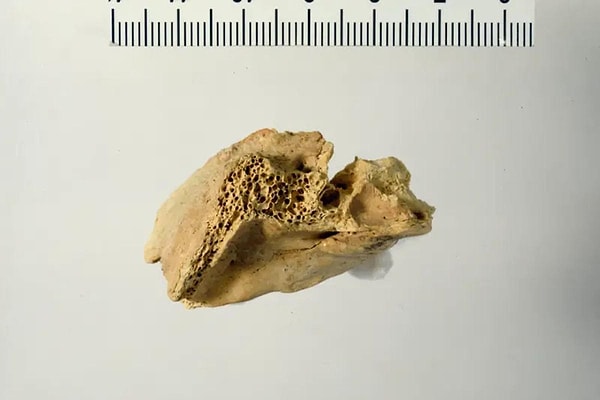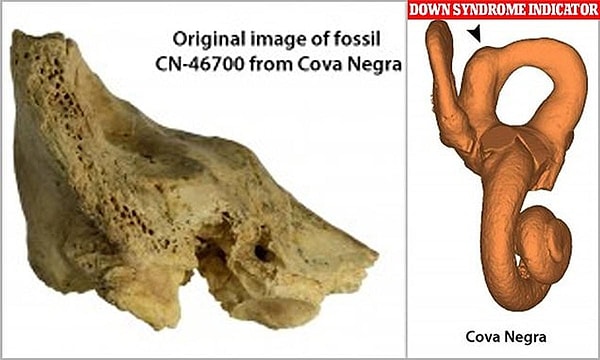Earliest Known Case of Down Syndrome Dates Back to Neanderthals
A groundbreaking study has revealed that a Neanderthal child with Down syndrome lived for at least six years, indicating the presence of compassionate care among these ancient humans. Discovered at the Cova Negra archaeological site in Spain, a 40,000-year-old fossil exhibited inner ear anatomy characteristic of Down syndrome. This finding marks the oldest known evidence of the genetic condition, shedding light on the social dynamics of Neanderthal communities.
A fossil preserving the entire inner ear anatomy was discovered in 1989 but its significance was not understood until recently.

According to The Guardian's comprehensive report on the research article, the fossil is a part of one of the two temporal bones (the right one), which form the sides and base of the skull, protect the brain, and surround the ear canal. The fossil's gender could not be determined, but researchers named this Neanderthal child 'Tina.'
The combination of Tina's inner ear abnormalities is only seen in individuals with Down syndrome.

The lead author of the research, paleoanthropologist Mercedes Conde-Valverde from the University of Alcalá in Spain, stated, 'The pathology this individual experienced led to quite debilitating symptoms, at least including complete deafness, severe vertigo attacks, and an inability to maintain balance.' Conde-Valverde noted that the group must have continuously helped Tina to survive for at least six years.
The exact age of the fossil could not be determined, but the presence of Neanderthals in the Cova Negra region is dated between 273,000 and 146,000 years ago.

Neanderthals, known as Homo neanderthalensis, had a more robust build and larger brows than Homo sapiens. They lived roughly from 430,000 years ago to about 40,000 years ago.
Previous evidence of Neanderthals caring for their sick and injured has sparked a debate about whether this behavior was driven by mutual expectations or genuine compassion.

Conde-Valverde said, 'It has been known for decades that Neanderthals cared for and protected their vulnerable friends.' However, all known care cases involved adult individuals, leading some scientists to believe this behavior was not true sacrifice but merely an exchange of assistance among equals.
"The discovery of Tina represents the oldest known case of Down syndrome."

Conde-Valverde stated that this discovery 'shows that the diversity observed in modern humans was also present in prehistoric times. This finding ensures that the story of human evolution includes all of us.”
Keşfet ile ziyaret ettiğin tüm kategorileri tek akışta gör!


Send Comment